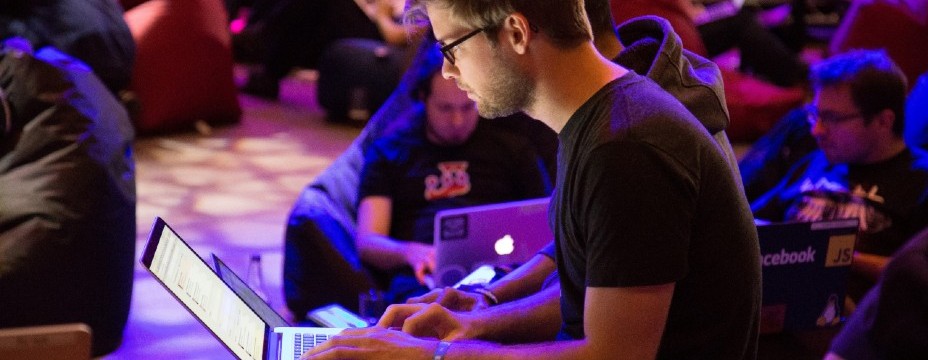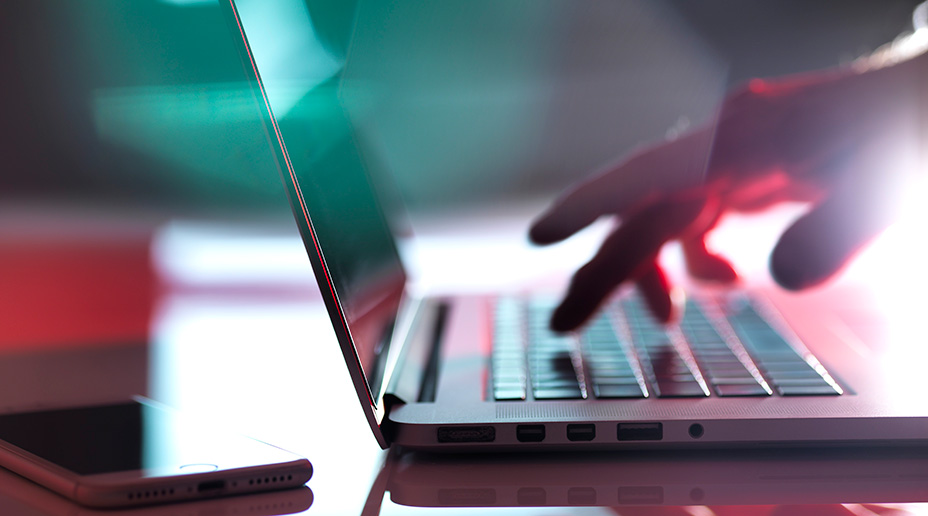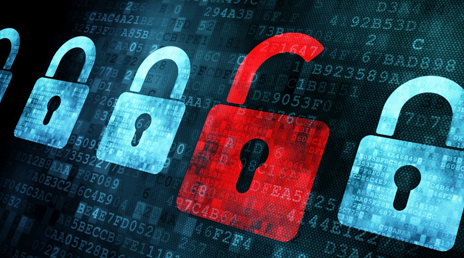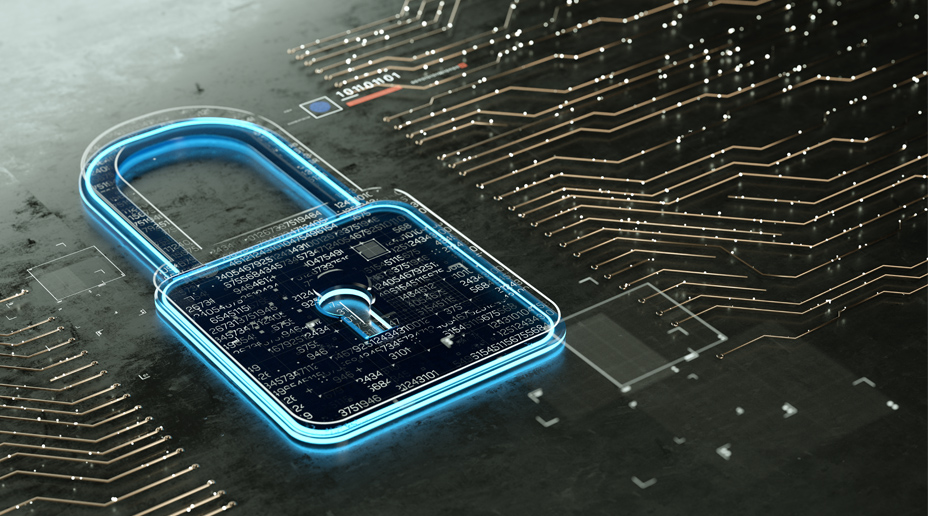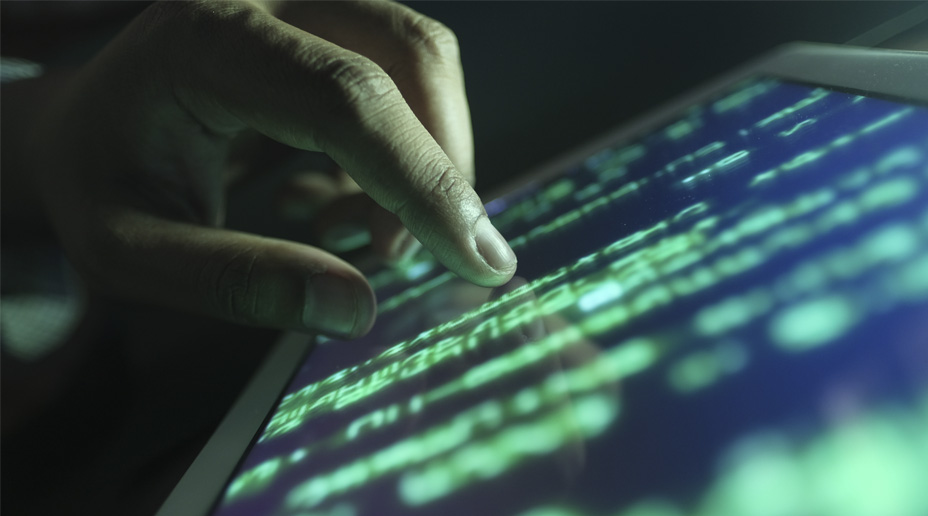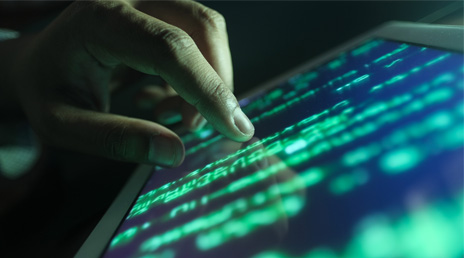The COVID lockdown in March 2020 forced the large-scale move towards working from home, presenting new opportunities for cyber criminals. The rapid geographical spread of employees resulted in the wide distribution of office IT equipment, thereby introducing thousands of new routers, networks and personal WiFi connections. This, coupled with remote workers using their own (noncorporate) devices, led to increased exposure across companies’ IT ecosystems. According to government data, 2020 saw a peak in cyber incidents, with 46% of businesses identifying an attack.1
Ransomware
Incidence of ransomware also accelerated during the pandemic, with criminals operating phishing scams involving information about vaccines or government financial assistance.2 Perhaps unsurprisingly, ransomware ranked as the top cyber exposure of concern in the 2022 Allianz Risk Barometer.
Additionally, the various lockdowns prompted an increased reliance on video conferencing apps both for individuals and businesses. One which gained major prominence was Zoom – at the time a relatively underdeveloped and cost-free application. Companies started using the app en masse for business purposes and Zoom became a household name almost overnight, increasing from 10 million daily participants in 2019 to 300 million by October 2020.3


